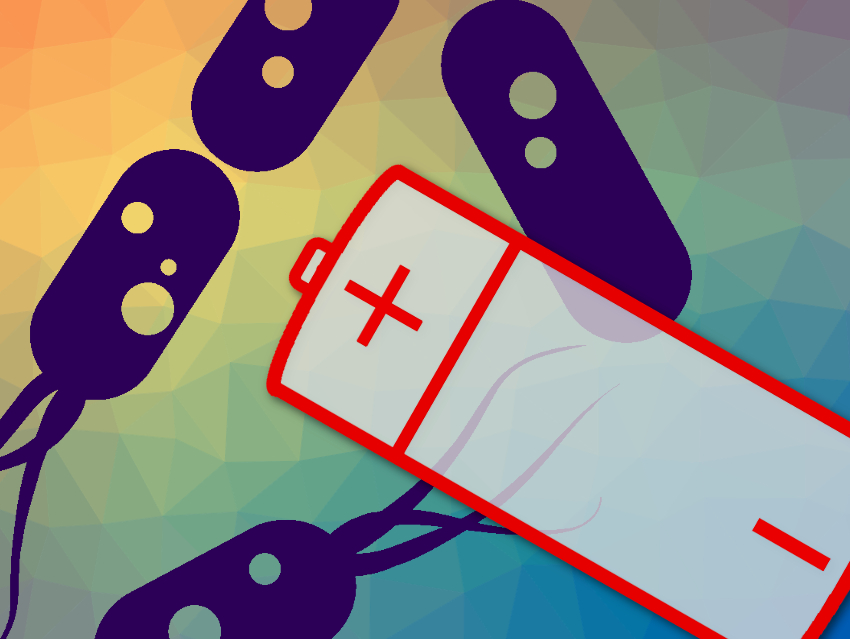Lithium-ion batteries are commonly used, e.g., in portable electronics or electric cars. LiCoO2 is a widely used cathode material in these batteries, but nanostructured lithium nickel manganese cobalt oxide (LixNiyMnzCo1−y−zO2, NMC) cathodes are increasingly used due to their lower cost and high storage capacity. This lower cost, however, also makes it less attractive to recycle the materials and more likely that they could end up in the environment. Understanding the biological impact of NMC materials is, thus, important.
Z. Vivian Feng, Augsburg University, MN, USA, Christy L. Haynes, University of Minnesota, Minneapolis, USA, and colleagues have studied the effects of nanostructured NMC materials of the type LiNi1/3Mn1/3Co1/3O2 on Shewanella oneidensis and Bacillus subtilis bacteria. NMC nanosheets were added to cultures of the bacteria, and the team observed the effects on bacterial growth and tested for DNA damage. For the latter, they used a Comet assay, which can show DNA strand breakage, as well as mass spectrometry to detect DNA adducts.
The team found that nanostructured NMC can inhibit bacterial growth and is toxic in high doses for both bacteria species. The Comet assay showed DNA double-strand breakage for both types of bacteria, and the mass spectrometry results indicated a variety of possible DNA adducts. Some of this damage might be caused by the generation of reactive oxygen species (ROS) and the uptake of transition-metal ions. The researchers confirmed both of these effects using fluorometric assays. These results could be useful for risk assessment of this and other nanostructured complex metal oxides.
- Nanoscale battery cathode materials induce DNA damage in bacteria,
Tian A. Qiu, Valeria Guidolin, Khoi Nguyen L. Hoang, Thomas Pho, Andrea Carra’, Peter W. Villalta, Jiayi He, Xiaoxiao Yao, Robert J. Hamers, Silvia Balbo, Z. Vivian Feng, Christy L. Haynes,
Chem. Sci. 2020.
https://doi.org/10.1039/d0sc02987d



